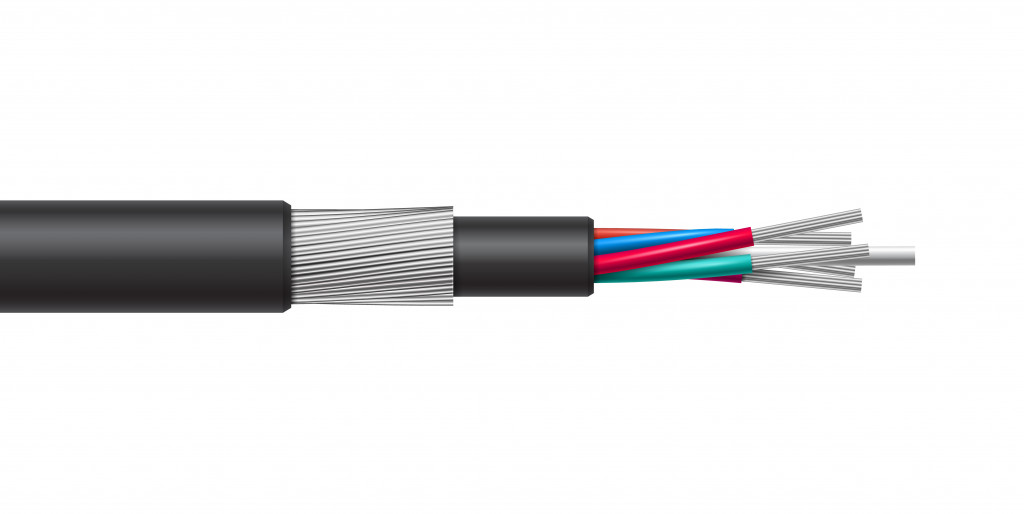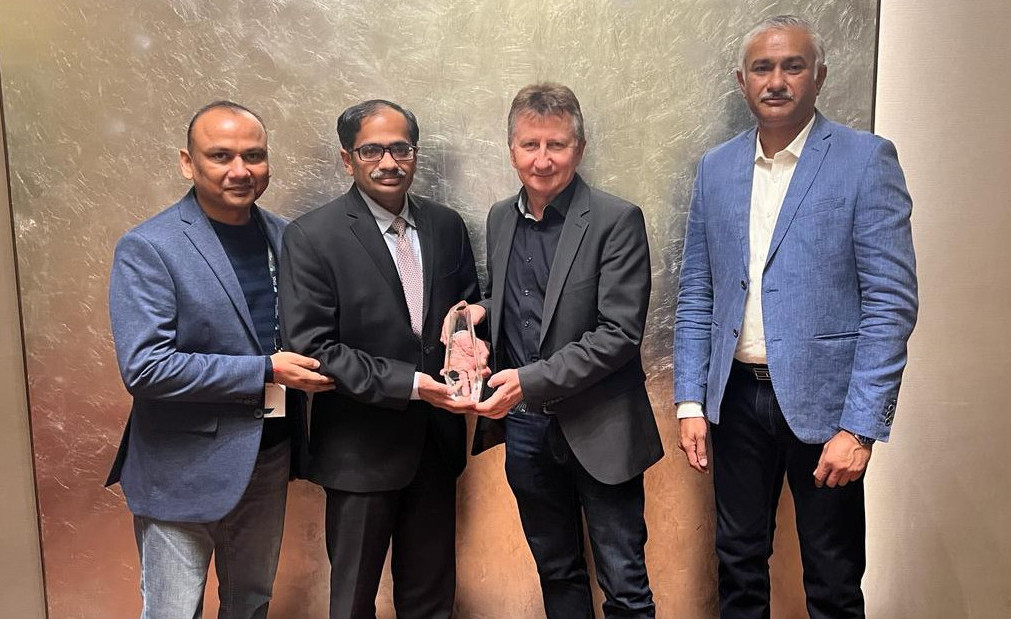GCP Partner Specialization -
Application Development

Driving innovation
to accelerate digital transformation


Engineering customized solutions
to optimize efficiency and enhance productivity


Redefining Experiences
to unlock new possibilities


Engineering For Experience
We live in a technology driven era that has revolutionized how we live, work, and connect. Generative AI, Metaverse, Cloud and Quantum Computing are making experiences more connected, immersive, and intelligent than ever before. Re-defining Digital Experiences is at the heart of our innovative approach. We leverage the potential of technologies including Advanced AI, Enterprise IoT, Cloud, Metaverse to create a positive impact and shape a brighter tomorrow for all. Join us on this exciting journey of “Engineering for Experience.”
Our Digital Services

Cloud
Consulting Advisory & Strategy
Infrastructure Modernization
Application Transformation
API Empowerment
Cloud Security
Cloud FinOps

Cybersecurity
Managed Security Services Provider
Managed Detection and Response
Advanced Threat Management
Identity and Access Management
Enterprise Vulnerability Management
GRC, Data Privacy and Protection
Cloud Security

Data Analytics & AI
Consulting
Application Services
Operations
Analytics CoE
Competency Support
Partner Power

Enterprise SaaS
Enterprise Resource Planning (ERP)
Supply Chain Management (SCM)
Customer Relationship Management (CRM)
Human Capital Management (HCM)
Contract Lifecycle Management (CLM)

Product Engineering
- Embedded Engineering

- Digital Experience Design
- Product Management
- Product Development / Software Engineering
- Embedded Cyber Security
- Automation, AI & ML
- Consulting & Advisory

Digital Experiences
Digital Marketing
Customer Engagement and MarTech Services
UI and Web Development Services

Product Engineering
- Product Strategy
- Product Strategy
- Product management prioritization
- Agile and devops-based Product Development
- Cloud Engineering Services
- Product Support and Operations
- Professional services for product implementation and support
- User Experience with Multi-channel Experience (Mx)

Digital Experiences
Core Marketing
Digital Marketing
Customer Engagement and MarTech Services
UI and Web Development Services
Why choose STL Digital?
idea-to-market across industries with following solutions at your disposal

Technology Led E2E Solutions

Digital Transformation

Ecosystem Alliances and Investments

Top Talent and Culture
Success Stories



Explore our Latest Blogs and Articles
We are the next-generation disruptors in providing IT solutions and services for idea-to-market across industries
Life at STL Digital
Let’s Engineer for Experiences, Together!
We are creating a new frontier of digital experiences for the world by making a bold attempt to reshape the industry. We believe in the power of collaboration, where we come together to engineer innovative solutions that create impactful experiences. Our present actions and future aspirations are driven by our people-first ethos. In our world, culture doesn’t conform to the limits of age or geography. Explore Life @ STL Digital!
Our Partners
Experience endless possibilities through our robust ecosystem of partners








